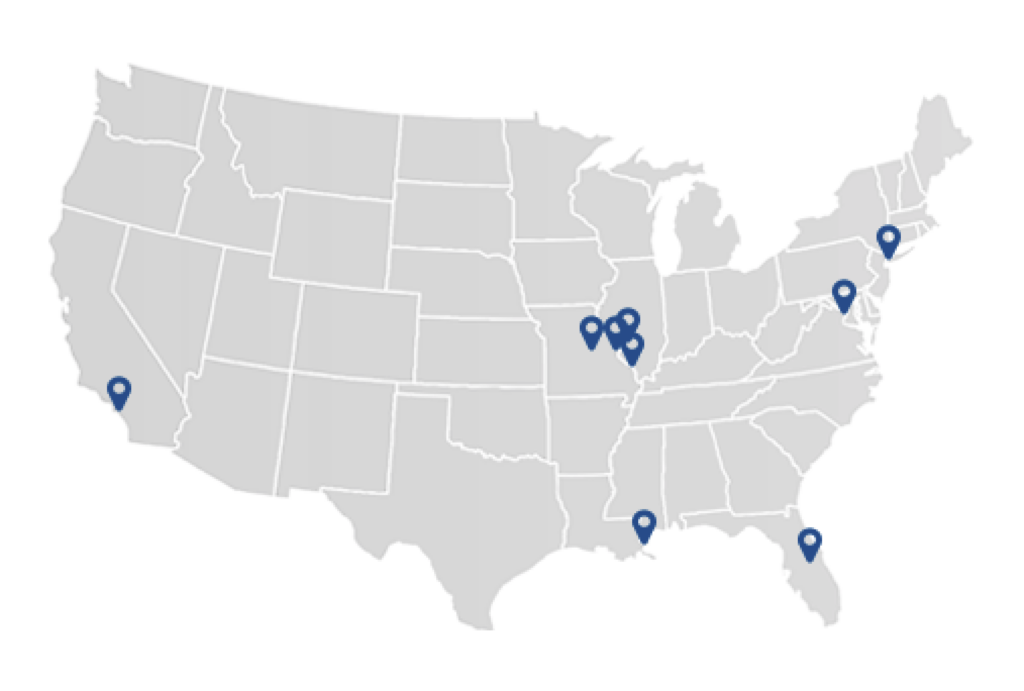Mesothelioma patients often spent long periods of time working with contaminated products. A disproportionate number of people with mesothelioma worked in industries like auto repair, construction and the military because of their close and ongoing contact with asbestos.
However, there are also people with mesothelioma who never worked with asbestos. Instead, they happened to live in certain areas.
Cities and states with higher exposure rates
The top industries in specific cities and states include those notorious for exposing people to asbestos.
For instance, if you live in Michigan, Texas or New Jersey, you or someone you lived with may have been more likely to work in manufacturing or trade industries.
Shipyards are also places with a higher risk of asbestos exposure. Thus, living in California, Louisiana and New York near a shipyard could pose a threat.
And midwest states with high concentrations of manufacturing, agriculture, power generation and timber businesses could put people in the area in danger.
Living in these areas could mean an increased risk of direct or indirect asbestos exposure.
Mine proximity
You can also face an increased risk of asbestos exposure if you live or lived close to asbestos mines. At one point, dozens of mines were operational across the U.S. There are areas where naturally occurring asbestos continues to pose a threat, particularly in the East and West parts of the country.
Some of the more well-known areas of increased exposure incidences include:
- Libby, Montana
- El Dorado County, California
- Clear Creek Management Area in California
- Belvidere Mountain in Vermont
- Fire King and Casper Mountain deposits in Wyoming
While asbestos mines are no longer operational in the U.S., they may well have contributed to the development of mesothelioma to those living near them.
How this information can help you
Tracing the source of exposure is a complex process. If you or a loved one has mesothelioma, where you lived can be as important as where you worked when it comes to tracking down the source of asbestos exposure.
When you can trace exposure, you can hold the appropriate parties accountable for your damages.


